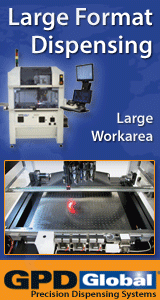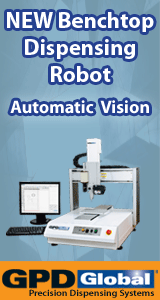Printed Circuit Board Assembly & PCB Design Forum
SMT electronics assembly manufacturing forum.
- SMTnet
- »
- Electronics Forum
- »
- External Factors to be controlled during assembly
External Factors to be controlled during assembly
![]() what factors should be monitored and controlled during assem...
- Sep 27, 2001
by
what factors should be monitored and controlled during assem...
- Sep 27, 2001
by
![]()
![]() All of the discussion of "environmental controls" are a matt...
- Sep 27, 2001
by
davef
All of the discussion of "environmental controls" are a matt...
- Sep 27, 2001
by
davef
![]()
![]()
![]() Hello Dave,
I was looking for the standard J-STD-001 you me...
- Sep 29, 2001
by
Juergen
Hello Dave,
I was looking for the standard J-STD-001 you me...
- Sep 29, 2001
by
Juergen
![]()
![]()
![]() The current version of ANSI/J-STD-001, "Requiremnts For Sold...
- Sep 29, 2001
by
davef
The current version of ANSI/J-STD-001, "Requiremnts For Sold...
- Sep 29, 2001
by
davef
![]()
Nankar
- SMTnet
- »
- Electronics Forum
- »
- External Factors to be controlled during assembly







